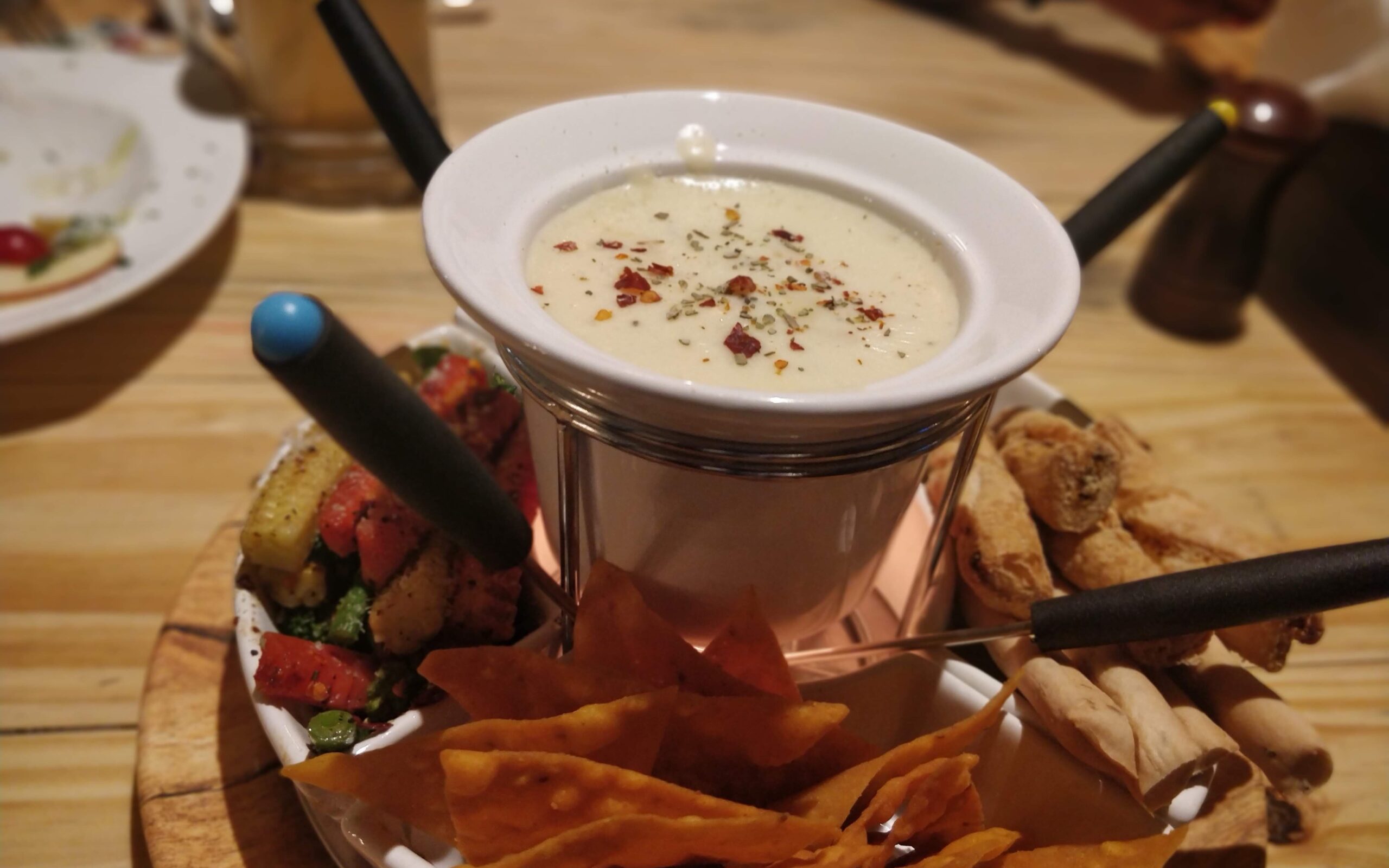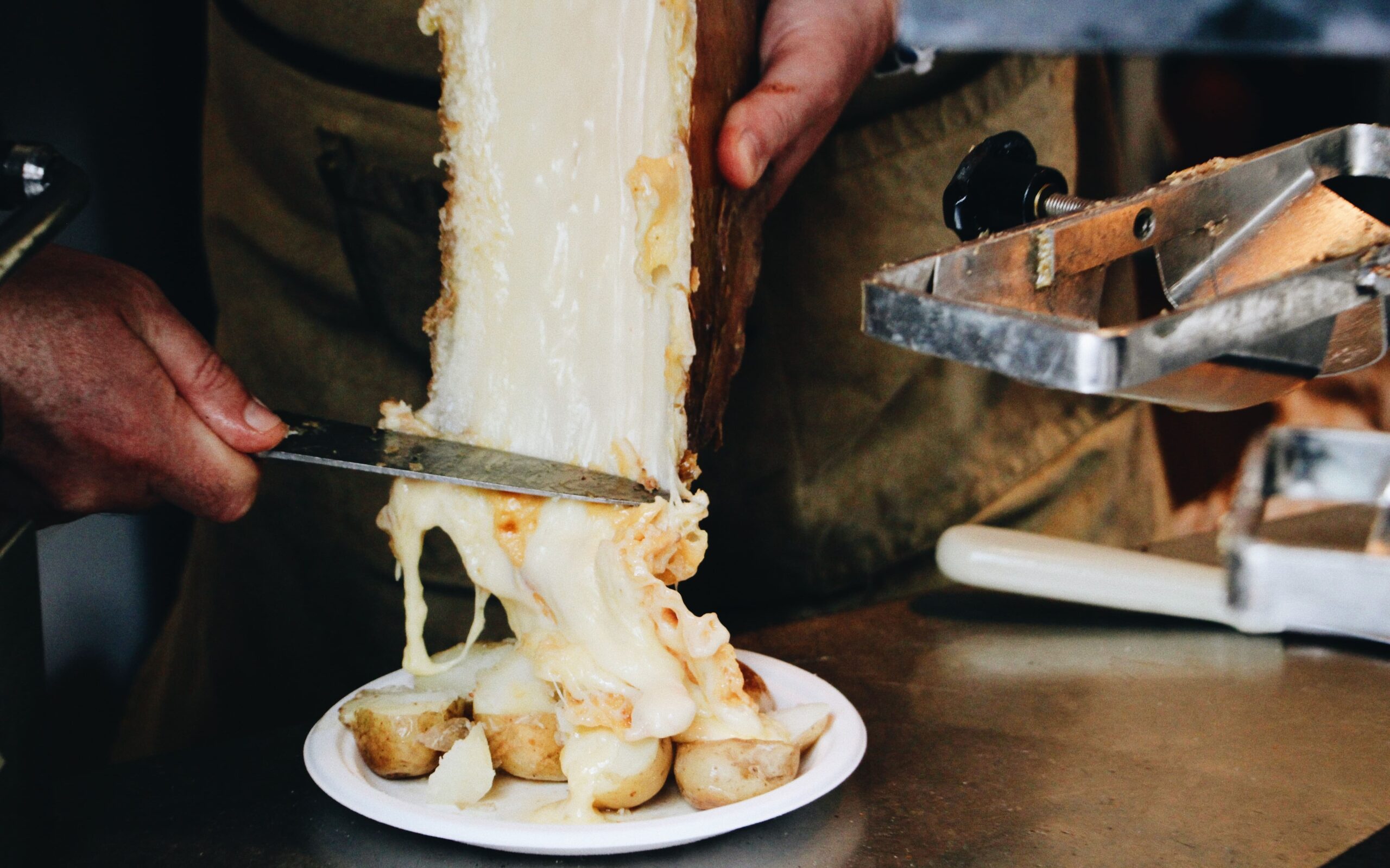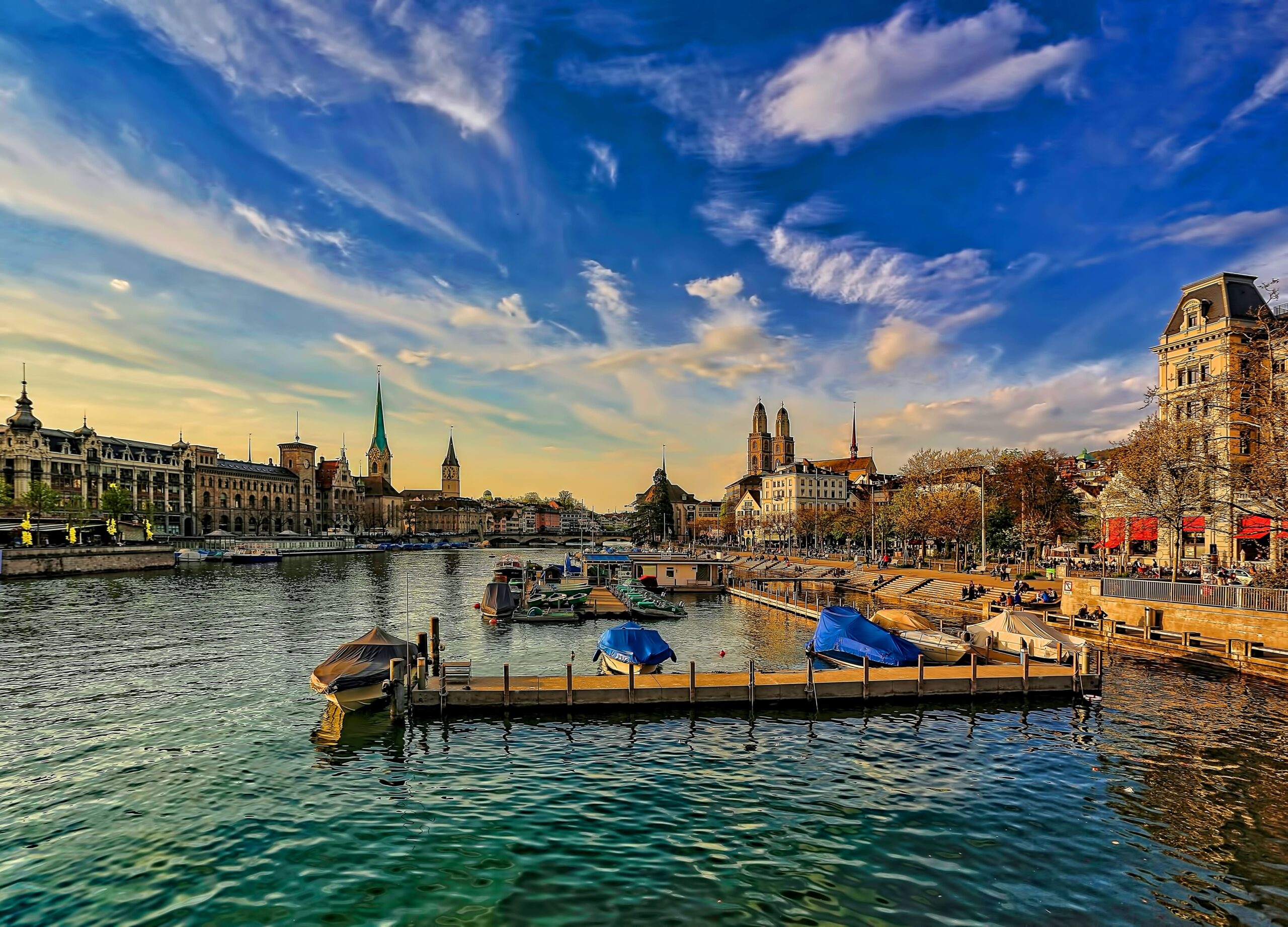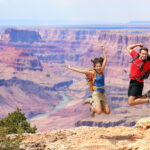What to do in a Weekend in Switzerland’s Largest City
Get ready to put on a few pounds as you eat cheese and chocolate while exploring the Old Town, climbing its mountains and cruising on the lake. Here’s how to spend 48 hours in Zürich.
Switzerland’s largest city, Zürich, is full of art and culture and is one of the gateways to the Swiss Alps. A weekend in one of the world’s financial centers will be full of history, lakeside walks, and both modern and medieval architecture.
Zürich holds more than 6,000 years of history, but the city as we know it was founded by the Romans. In medieval times, it became a center of importance and began to grow around the area of Lindenhof. The Altstadt, or Old Town, surrounding it is full of narrow streets to get lost in and admire the beautiful buildings.
Here are Gray Line’s tips on how to spend 48 hours in Zürich.
Friday night — Dine on Zürcher Geschnetzeltes and Stroll Through the Old Town
Zürcher Geschnetzeltes is a dish of thin strips of sautéed veal in a cream and mushroom sauce, often served with röstis. It’s a Zürich classic and is often considered to be the Swiss national dish. It’s not an old meal — legend has it that a chef realized they were running out of veal steaks at a sports festival just after the end of the second world war. They cut the meat into strips and padded it out with potatoes, mushrooms, carrots and cream to make the meat go further and a nation’s favorite food was born.
Kronenhalle is one of the most famous places for geschnetzeltes. You’ll have a fine meal followed by cocktails while sitting under works of art by Chagall, Picasso and Miró. The oldest wine bar in Zürich, Oepfelchammer, also serves up a mean plate, while the 17th-century Zunfthaus zur Waag and 15th-century Zeughauskeller are well-known for their authentic dishes.
Zürich’s Old Town, or Altstadt, is full of beautiful, ancient buildings and attractions that are lit up at night. A nighttime stroll along the banks of the River Limmat to its mouth at Lake Zurich and through the narrow streets that fill the area is one of the best ways to get to know the city. You’ll find the churches of Grossmünster, St. Peter’s and Fraumünster as you take in the centuries of history of Niederdorf and Augustinergasse.
Saturday Morning — A Hearty Zmorgä Followed by a Tour and Cruise
Invented in Zürich by the doctor Maximilian Bircher-Benner in the early 1900s, Bircher muesli is a breakfast of oats soaked in milk or lemon juice and served with mixed fruits. It’s also known as Swiss oatmeal and will be found in many cafés and restaurants throughout the city. Babu’s and Confiserie Sprüngli, both in the Old Town, serve excellent versions of the dish. But for a fantastic breakfast with a lake view, head to La Réserve Eden and grab a seat on the terrace.
Once you’re full, hop on a Gray Line City Tour and Lake Cruise to get to know beautiful Zürich and the incredible villages that lie on the banks of the lake. The two-hour trip on the trolley will introduce you to all the main sights of the city, including Fraumunster Church, historic Limmatquai, and the Kunsthaus. Then you can relax as you cruise across Lake Zürich to see vineyards, stately villas and views of the beautiful snow-covered Glarner mountains.
Saturday Afternoon — A Large Lunch and Mountain Vistas
A Swiss lunch is usually large, hot and will often include lashings of excellent Swiss cheese. Many restaurants and bars will have a lunch menu, usually featuring Swiss classics, to make choosing easier. At the top of the skyscraper, Prime Tower, you’ll find the smart Clouds restaurant. This offers views just as good as the food. The trendy Seerose sits on the banks of the lake and has an excellent wine menu. Frau Gerolds Garten is a more relaxed location for dining. Here, you’ll sit in a beautiful garden with industrial and mountain views — and it has heated tents in the winter.
Felsenegg and Uetliberg are two mountains that tower over Zürich. Both provide excellent views of the city, lake and the Alps in the distance. Uetliberg rises to 2,850 feet and Felsenegg to 2,624 feet. Active people may hike the Planet Path that connects both mountains in a few hours. Along this trail, you’ll find the solar system laid out and each step you take represents 620,000 miles. There are multiple routes up Felsenegg and Uetliberg with a range of difficulties. For those who just want to take in the view and incredible sunset, Felsenegg has a cable car that will take you to the summit in five minutes.
Saturday Night — Culture, Cocktails and Fondue
Fondue is another of Switzerland’s many national foods. It’s not difficult to find in Zürich, especially if you’re visiting in the winter. It’s usually served as a main instead of as an appetizer and there are many, many different varieties. Because it’s such a heavy dish, it’s best to leave it until dinner so you can have an active afternoon. Chäsalp and Fribourger Fonduestübli serve some of the best in town, and the traditional Swiss Chuchi is considered to be the first restaurant to focus on it.

Zürich is a city full of culture — whatever you’re interested in. The Opernhaus is the place to visit for world-class opera and ballet performances, jazz lovers can head to Jazz Club Moods im Schiffbau, and those interested in avant-garde art and literature can visit Cabaret Voltaire, the home of the Dadaist movement. For a nightcap, the elegant Kronenhalle is famous for its cocktails and excellent service, you can relax with some more jazz and a huge selection of gin in Dante, and the casual Cinchona does the best highballs in town.
Sunday Morning — Coffee and a Gipfeli Before the Design Museum and Le Corbusier
Let’s keep breakfast light. You have a full afternoon of cheese and chocolate in front of you. Gipfeli is a Swiss-style croissant made with less butter than in France. If you are with French tourists, they will complain about it. However, gipfeli are fantastic. You’ll find it with a crispy, delicate crust and relatively dense (when compared with a croissant) and topped with whatever condiments you desire.
Coffee was banned in Zürich until the 18th century. Now, three-quarters of the world’s coffee trade happens in Switzerland. You’re unlikely to find filter in Zürich — the Swiss mostly drink espresso-based coffee. Ask for a kafi-crème for an espresso with cream and a schale if you would like something close to a cappuccino but with less froth.
Museum für Gestaltung is one of the leading design museums in the world and holds a range of permanent and temporary exhibitions. It was founded in 1875 and shows how important Swiss work was in the field of design — from the Swiss army knife to the Helvetica typeface. The museum also holds the Pavillon Le Corbusier in Seefeld. Completed in 1967, this was the final building to be designed by Le Corbusier. It is considered a Gesamtkunstwerk — a total work of art — and is now a museum focused on the great Swiss-French architect’s work.
Sunday Afternoon — Stuff Yourself Full of Raclette and Chocolate
Raclette is a dish of melted cheese served with bread or potatoes and different types of meat. Traditionally a round of cheese was heated by an open fire and the molten cheese was scraped off onto a dish. However, you will likely be served from an iron coupelle heated under a grill on the table. Swiss Chuchi, also mentioned above for its fondue, is an excellent location to try it. Walliser Keller is a traditional cellar but you can also eat your raclette outdoors in one of their cable car gondolas. One of the best ways to try the dish is from one of the many street food trucks you will find dotted about Zürich.

Considering how much cheese you will have eaten by now, it’s time to carry on putting on the pounds. With the creation of fondant, Switzerland revolutionized chocolate production in the 19th century and its candy bars are famous around the world. If you’re visiting in the fall, you can hop on the Honold Schoggi Tram. An award-winning chocolatier operates this vintage streetcar and you’ll drink their hot chocolate and stuff yourself full of praline and cake.
Lindt Home of Chocolate is open all year round and is a state-of-the-art, multi-sensory, interactive experience. The museum will teach you the history of chocolate, its origins in Latin America and how the Swiss changed the chocolatier world. Zürich’s Old Town is full of cafés and shops selling a huge range of candies, and you’ll easily find chocolate-making experiences where you can learn how to make a gorgeous ganache.





